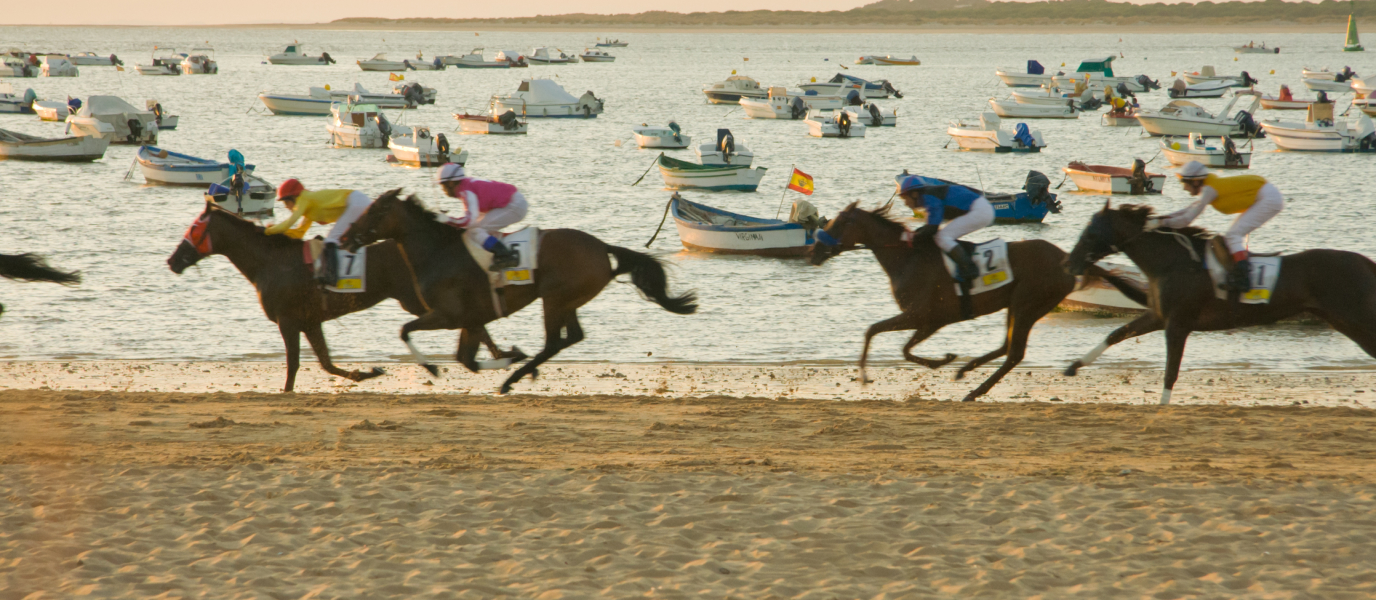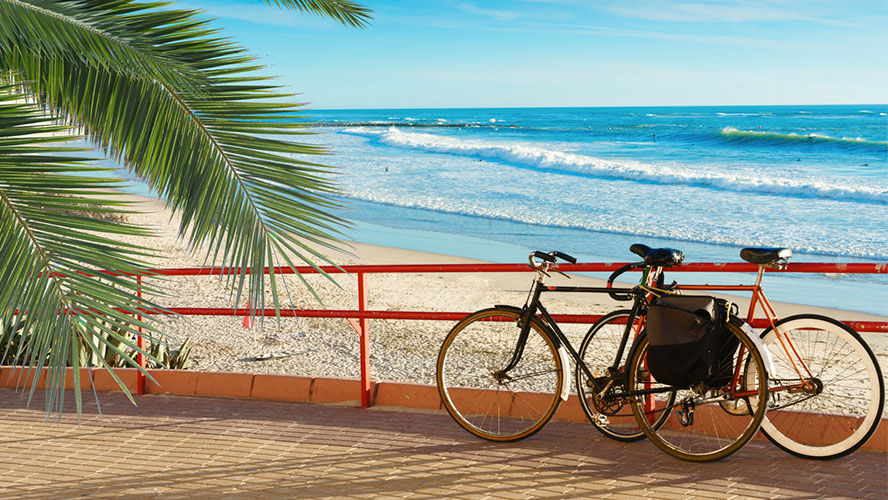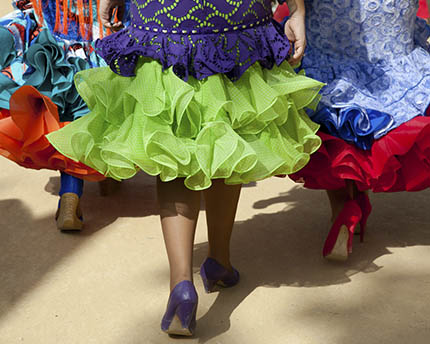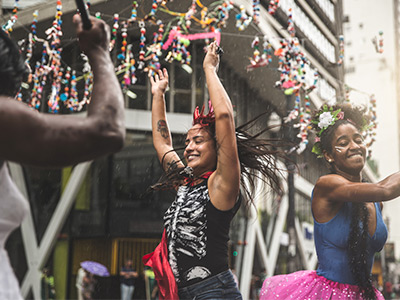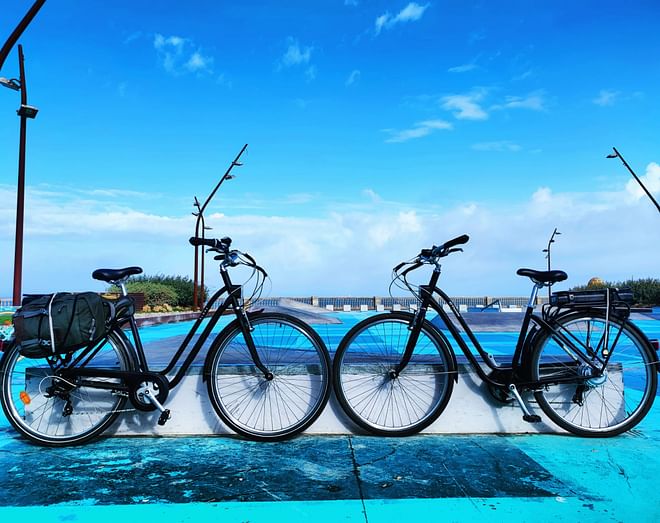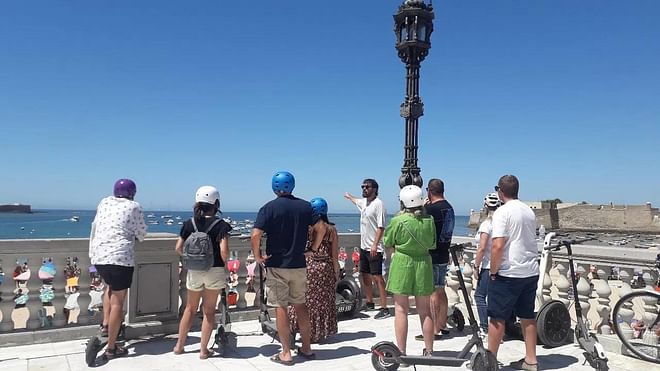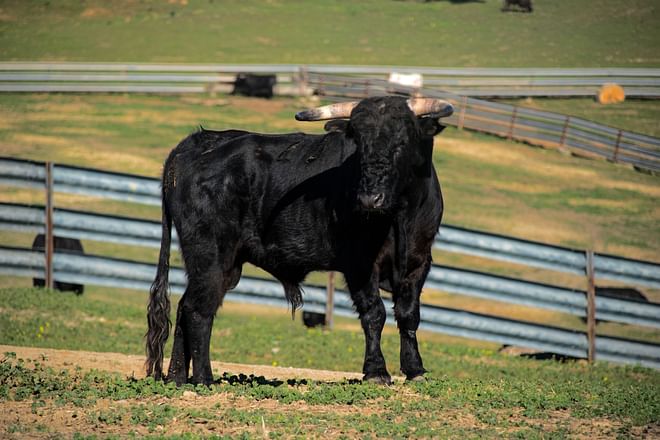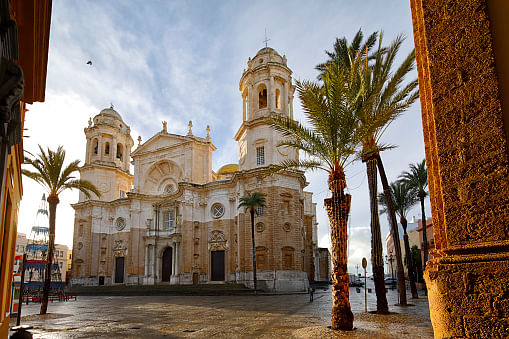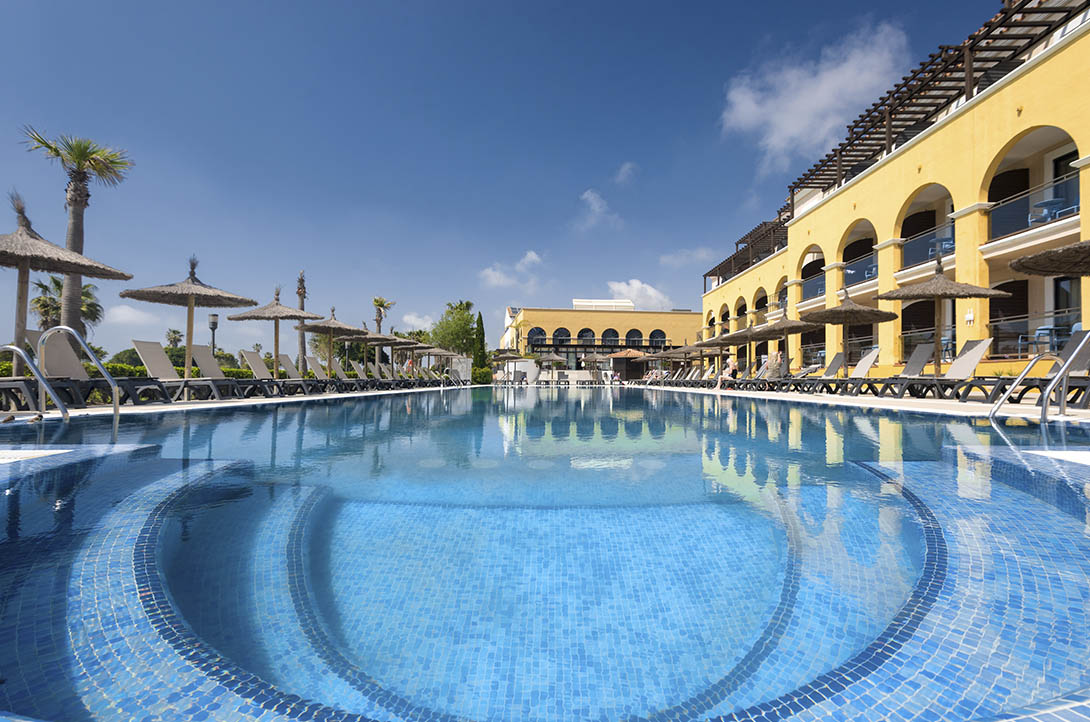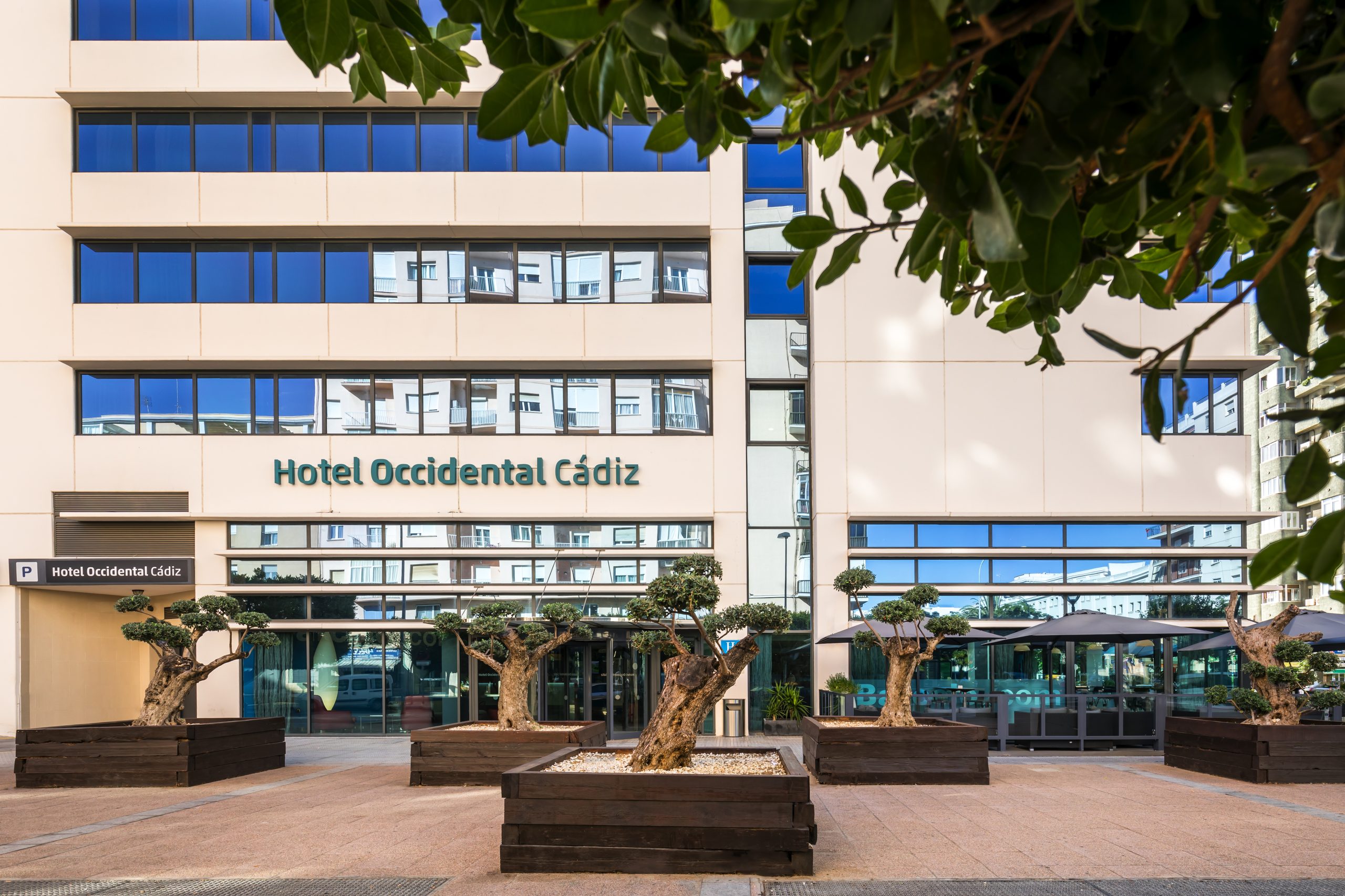Legend has it that Phoebus—the Roman god of the sun—and his fire horses would often wrap up their tough working days on the Playa de Sanlúcar de Barrameda, after lighting up and warming the Earth. As you might imagine, this isn’t the real origin of the iconic Cádiz horse races. Rather, it is a mythological allegory of day becoming night, applied to life in Cádiz. Despite this, each time these races are held in Sanlúcar it’s hard not to imagine the Roman god and his horses bringing darkness to the town.
Leaving legends to one side, the sandy beaches of Sanlúcar are the perfect location for these horse races, which are held at sunset on several nights in August. Declared a Fiesta of International Tourist Interest in 1997, this event sees thousands of jockeys from around the world compete against each other in several categories. For more information about the origin and history of this fascinating competition, you can find more details below.
Sanlúcar horse races: a long history
Although we can’t be completely sure of the origins of this intriguing event, many local people maintain that this race stems from immigrants who had left the shores of Cádiz for England. The story goes that these youngsters had been blown away by the majesty of English thoroughbred horse races, deciding to export the tradition to their birthplace.
Other local people, meanwhile, are proponents of many different theories. Some claim that it was local merchants who, when waiting for the fishing boats to come to shore, held races amongst themselves to pass the time. Others are adamant that is was the fishermen themselves who competed to be the first to bring fresh produce to the village’s markets.
Regardless of the true origin, the Sanlúcar de Barrameda Horse Racing Society was established in 1845, with the first official race being held on 31st August of the same year. Since then, the races have been held with little change in the liturgy surrounding them, bringing together people of all classes and nationalities.
Beaches and horses, with a backdrop of the Doñana National Park
After delving into the origin of these races, one thing that’s for sure is that this tradition is deeply rooted in the sanluqueños—people local to Sanlúcar—and this comes as no surprise. Sanlúcar locals are proud of this tradition—the world’s only horse race of this kind—which has a long and illustrious history, combining sport and passion in an unparalleled landscape.
Since its inception, these horse races have been held across the Bajo Guía, Las Piletas and Las Calzadas beaches, which are converted on these dates into authentic longitudinal race tracks. The panorama is truly wonderful, with the mouth of the Guadalquivir river in the foreground and the intriguing outline of the Doñana National Park on the horizon.
At the finish line, several tiers of seats, betting stalls and colourful children’s booths witness the arrival of the professional and amateur jockeys. Interestingly, at the children’s booths, which are built over the course of several months of hard work by local schools and nurseries, adults can place a bet up to the value of 2 euros, which goes towards the prize for the Children’s Booth Competition.
When do the Sanlúcar horse races take place?
All that’s left to know is when these fiestas take place? There are two rounds of races every year, with three days of competitions taking place in each fortnight in August. However, the exact dates depend on the tide. The rationale for this can hardly be disputed, as the lower the tide the more space there will be for the horses and the spectators.
The races start at half past six in the evening, often lasting until sunset. One option is to watch the race from the beach, with many spectators enjoying the race in their bathing costume from the free-entry stands, or as they sample a glass of local manzanilla sherry. If you’re looking for better sight lines, you can buy tickets for better seats on the official website.
Other passionate festivals in the province of Cádiz
If the horse races have left you wanting more, don’t miss the following festivals around Sanlúcar.
Jerez de la Frontera Horse Fair
The Horse Fair in Jerez is one of the most important events in the area, and this is not without good reason. This show brings together the city’s biggest attractions: horses, flamenco, happiness, fine wine and excellent cuisine. It is known as the ‘Horse Fair’ because it grew from a series of small-sized exhibitions, held by farmers to sell their animals. The horse parade has remained a constant feature of this show, serving to highlight the beauty of the species and providing an opportunity to buy and sell this animal. Of equal importance are the fairgrounds—a set of 200 tents where visitors can enjoy flamenco performances and dance to contemporary music. The best compliment to this experience is a glass of local sherry and some typical dishes, such as pescaíto frito fried fish and oxtail.
Holy Week in Cádiz
We can’t think of a more passionate festival than that of Holy Week in Cádiz, in which the city’s streets fall silent as they listen to the rhythmic sounds of the footsteps of the passing brotherhoods, with sacred songs audible in the background. Each of the brotherhoods—some of which share historical rivalries—pass through the city’s streets on their designated time and day, always starting off from their specific church. If you’re looking to enjoy each of these processions, or at least the majority of them, you should consider staying in Cádiz (link interno: Barceló hotels in Cádiz) for the whole week.




































































